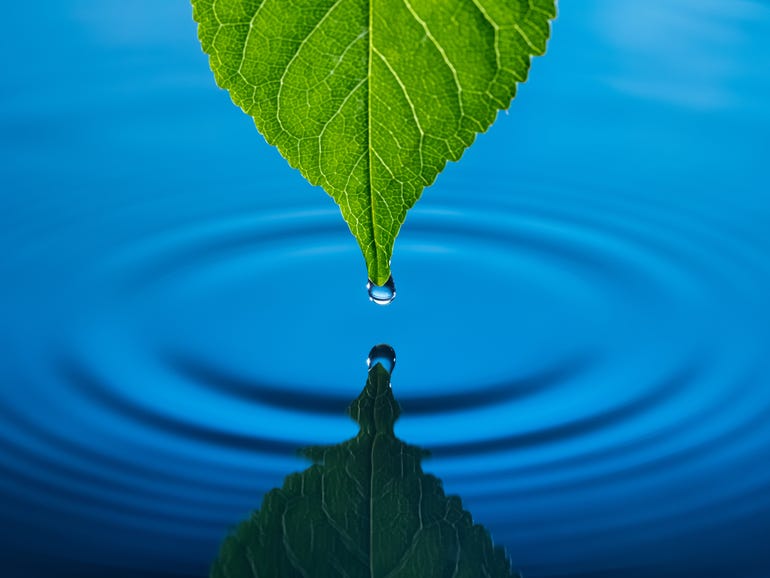IBM and The Nature Conservancy India have partnered for a project designed to provide real-time monitoring of the water quality and level of Lake Sembakkam in Chennai.
According to The Nature Conservancy India, Lake Sembakkam has long suffered from sewage disposal, untreated solid waste dumping, and excessive accumulated silt as a result of climate change.
Over time, this has severely damaged the quality of the watersheds and the wildlife that benefits from it, in addition to threatening the future of sustainable development in the region.
The Nature Conservancy India said it uses a metric — dissolved organic carbon (DOC) — to measure the organic pollution of water and wastewater. Safe levels hover around 0-10mg/l. Lake Sembakkam’s is in the range of 3-70mg/l (mean 24.70 mg/l), making it unpotable and unsurvivable for wildlife.
IBM worked with The Nature Conservancy India to deploy a network of Internet of Things (IoT) monitors to check the health of the lake and offer experts real-time data to help their efforts to conserve it.
Manoj Balachandran, head of CSR at IBM India & South Asia, told ZDNet that the IBM volunteer team was mobilized for approximately three months of direct work with The Nature Conservancy India.
That period followed a planning period of over eight months when The Nature Conservancy and IBM co-created a project plan based on a review of needs specific to Lake Sembakkam and prior IBM IoT deployments for water conservation, including The Jefferson Project at Lake George, NY.
“Globally, IBM has done five other IBM Service Corps deployments in support of water-related work with TNC since 2016 (including projects focused on Brazil, Peru, Colombia, Kenya, and global uses),” Balachandran said.
“We wanted to provide the opportunity to IBMers to help their local communities move towards achieving their sustainable development goals while creating social impact. The Nature Conservancy India is a leading environmental organization and had already been working with local partners and government agencies on science-based solutions to restore Lake Sembakkam. They had reached a stage where they required an advanced solution to monitor the health of the lake over a longer period, including to help model when issues would occur.”
Balachandran noted that the project was a chance for IBM employees to apply their expertise and design a platform enabling real-time monitoring and predictive modeling using IBM tools.
The IoT platform design they created is reusable for almost any water body type and size, Balachandran explained, adding that its use of global earth observation satellite images enables the analysis of conditions beyond just those water bodies.
“Moreover, early estimates project that collecting about a year’s worth of data using the system would enable the calibration of models that could forecast water conditions at other lakes with only a minimal baseline of data for those lakes and without the full IoT system in place,” Balachandran said.
Balachandran pointed to a blog post from Dr. Annapurna Vancheswaran, Managing Director of The Nature Conservancy India, which explains that another IBM-backed project, Saaf Water, created a “promising, timely” groundwater quality monitoring tool.
“This open-source technology could help avoid water-related health risks by indicating unsafe water quality. We certainly look forward to the tool being scaled up for the benefit of communities,” Vancheswaran said.
Balachandran told ZDNet The Nature Conservancy India and its partners also organize community drives to remove solid waste and invasive species. Additionally, silt removal operations have helped to both increase the water quality as well as the water storage capacity of the lake, the latter by over 1,00,000 m3, which has significant benefits for flood mitigation — a major issue in the region.
“The deployment of sensors as part of this initiative will help to identify issue significance at specific areas of the lake, enabling the prioritization and optimization of mitigation tactics, as well as to provide more detailed, real-time situational awareness to trigger such actions,” Balachandran said.
“The Nature Conservancy India is leading a scientific study of the catchment area around the lake that forms the watershed of Lake Sembakkam. The data collected by the IoT system designed by IBM will help enable identification of interventions to improve the hydrology and natural habitats of the watershed, while addressing the environmental challenges faced by the lake.”
Balachandran added, “The Nature Conservancy India aims to integrate these into the efforts of the Chennai Government to improve the health of wetlands across Chennai.”

